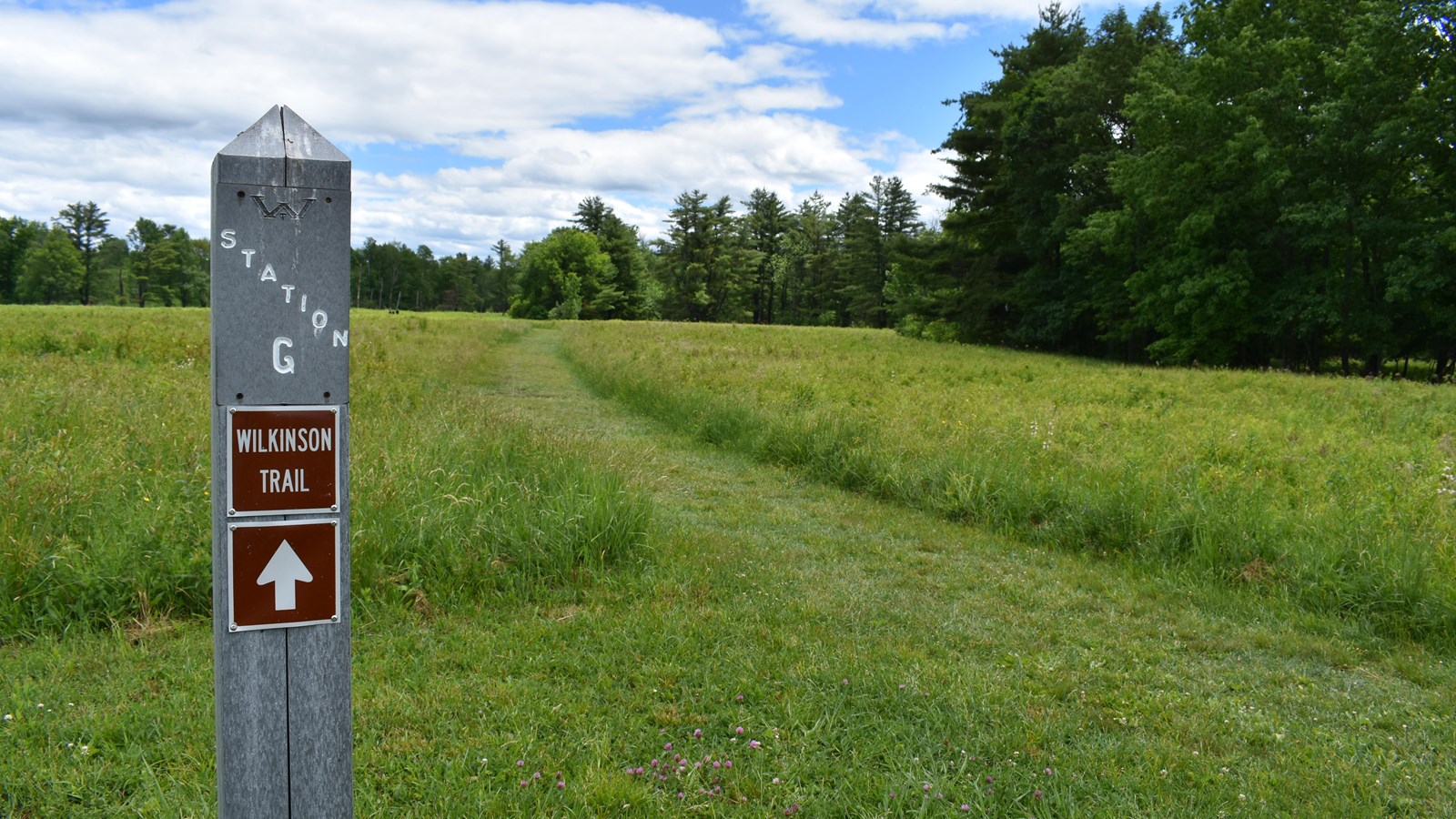Last updated: September 26, 2022
Place
Station G

NPS
"Our situation was becoming more critical from day to day, the supplies were getting lower and a total lack of forage for the horses was to be feared. The enemy’s position, on the other hand was strong and his large army was three times superior to ours so that we could not attack him with any hope of success."
--Brunswick Lieutenant Anton Adolph Heinrich Du Roi,
October 7, 1777
It is said an army marches on its stomach. Burgoyne's army had difficulties moving through this unfamiliar countryside and even more trouble finding enough rations and supplies. A ration is the amount of food given to a solider for one day.
On a campaign, it consisted of one and a half pounds of flour or bread and one and a half pounds of salted pork or beef. But the bread was not fresh and soft; it was flat, hard, and dry –poor tasting, but well preserved for storage and travel. This "ship’s bread"as it was then called, dismayed the Germans soldiers who were used to baked bread. The salted meat, soaked in saltwater for months at a time tasted even worse; washing the meat one to two times in fresh water was often required to make it edible.
Women received half rations and children received about one quarter ration.
On October 3rd, due to the British supply shortage, Burgoyne had to cut troops down to 1/3 of its normal rations. Officers sent out foraging parties to find food in the nearby farms. Eunice Campbell Reid, a child of a local farmer, reported on a German foraging party.
"When on our way home from Burgoyne's camp, we stopped several days at John McNeil's. Whilst there were a large party of Brunswickwers, to the number of thirty or more, come and went into Mister NcNeil's potato field and dug a considerable part of the crop. Each of them had three knapsacks or bags which they filled with potatoes and carried off. . . some took pairs of tow cloth trousers that were hanging up to dry, tied up the bottoms of the legs and filled them with potatoes, tied them up, and taking one under each arm went off with the trousers as well as their contents."
What other foods did the foraging soldiers find? The locals grew a variety of crops, including wheat, barley, rye, potatoes, peas, pumpkins, and turnips. They also grew corn, beans, and squash –a reflection of the Native influence in the area. Hay and oats were grown as feed for horses and cattle.
The locals that lived here, having temporarily fled, often found devastation when they returned home. Crops were ravaged, fences torn down, animals taken, and their houses were often burnt to the ground.
